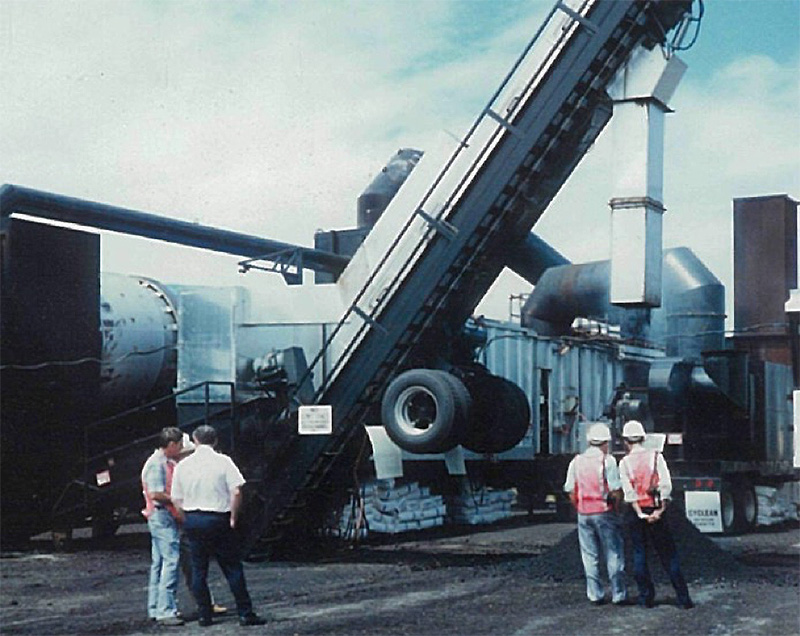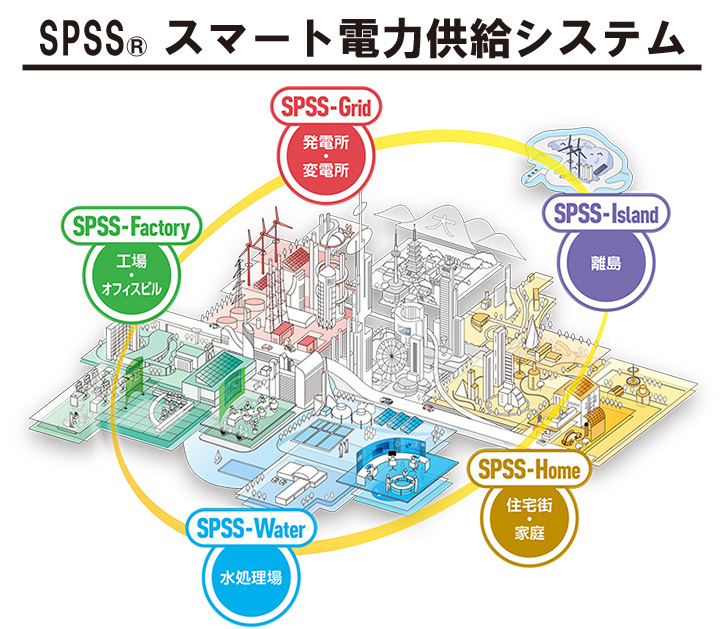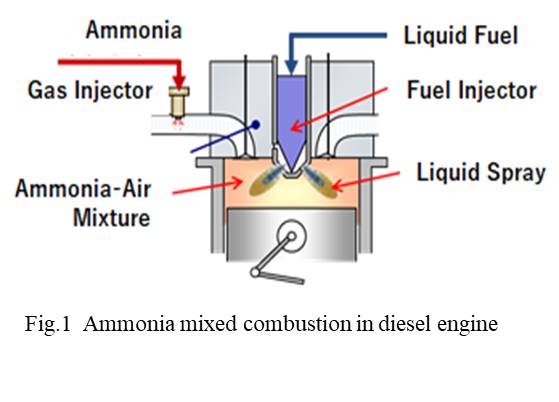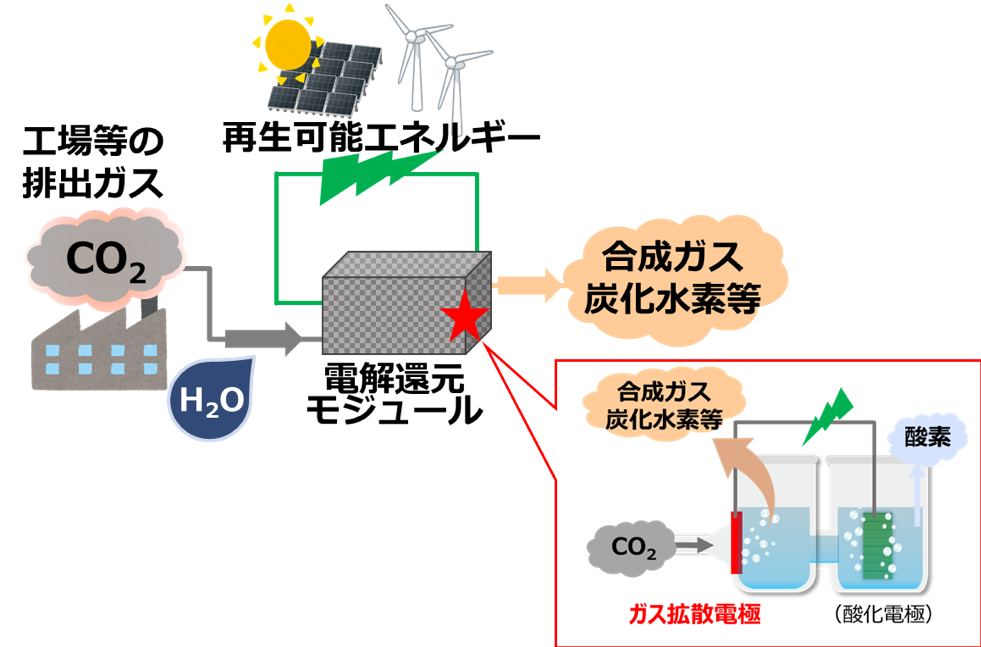Low-temperature Mixing Technology of Asphalt Pavement Material That Does Not Use Fossil Fuel
THE NIPPON ROAD Co.,Ltd.
Outline
Asphalt pavement is generally constructed by laying and leveling an asphalt mixture, which is commonly produced by heating its materials at 150°C to 180°C and mixing them, on the road surface. In this challenge, we will develop a technology by which asphalt mixture is produced at a manufacturing temperature of 100°C and then laid.
According to a calculation based on the assumption of manufacturing asphalt mixture using heavy oil, lowering the manufacturing temperature by 60°C reduces CO2 emissions by approximately 30%. In addition, achieving a manufacturing temperature of 100°C will enable the use of a microwave heating device driven by electric energy as a heating device for which petroleum-based fuel has been commonly used. This means that zero emissions of greenhouse gases during manufacturing can be achieved.
Around 1990’s, the asphalt plant, for which microwave heating was adopted, was manufactured. However, it did not become common due to the economy and productivity was not sufficient as required heating temperature of asphalt plant was about 170°by the technology that time.
The technology for this development is expected to increase high energy efficiency and minimizing size of manufacturing facility as to reduce the temperature of manufacturing asphalt mixture.
Description
To achieve this development, technologies addressing the following two points are required.
1. Developing manufacturing plants
To heat materials, we will develop a technology that uses microwaves (electricity). Microwaves are a technology that generates heat by vibrating the water content in the material, which means that in heating aggregate by using microwaves, the highest achievable temperature is 100°C, the boiling point of water. Therefore, we will develop a technology for manufacturing asphalt mixture at 100°C.
Aggregate, which is the main component (95%) of asphalt mixture, usually contains water. When water is contained in asphalt mixture, the durability of completed pavement is extremely lowered due to the occurrence of binder separation. As the system we are going to develop will heat aggregate so as to raise the temperature of the aggregate and remove water content in it at the same time by using microwaves, the energy efficiency of the system will be high and CO2 emissions will become zero.
The challenges for making microwave heating plants fit for practical use are the following two points:
・Developing technology for preventing electromagnetic waves from leaking
・Improving heating energy efficiency
・Constructing large-scale equipment that can heat approx. 60 tons of material per hour
2. Developing asphalt binders
To manufacture an asphalt mixture, it is necessary to mix the binder at the appropriate temperature at which the appropriate viscosity can be obtained, with aggregate. In general, the appropriate mixing temperature of asphalt mixture is around 160°C. To lower this mixing temperature to 100°C, we need to develop a technology for modifying the asphalt so that it reaches a level of viscosity suitable for mixing at 100°C. On the other hand, if the viscosity of the asphalt is adjusted at 100C, rutting will occur because as the viscosity lowers even at 60°C, the temperature at which asphalt pavement is used at traffic in service.
To counter this issue, we will develop an asphalt binder that has a low viscosity at around 100°C and serves as an elastic body at 60°C or below.
Similar Innovation Challenges
Achieving net zero carbon emissions from paint finishing processes
Taikisha Ltd.
Activities for reducing GHG of business operations in Nissin Electric Group
Nissin Electric Co., Ltd.








-1人工光合成技術.jpg?id=2&tid=759&imageNumber=1)